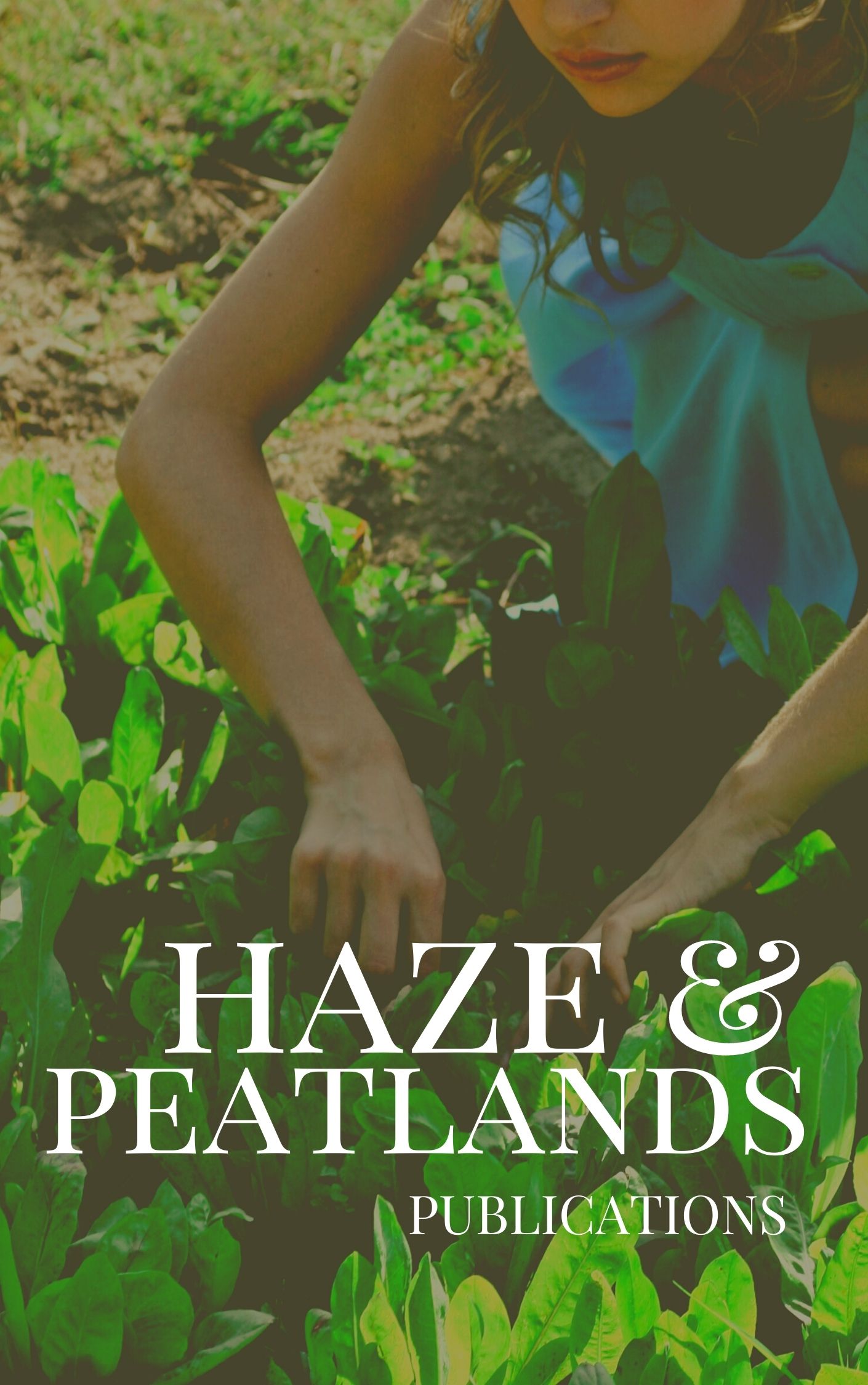A hilly catchment (4km(2)) was selected to quantify the changes in physico-chemical soil properties when traditional shifting cultivation is converted to sedentary swidden cultivation (elements of slash and burn cultivation with short fallow period), locally called bun (cropping in rows of raised beds formed from soil), in the central part of the Meghalaya Plateau. Assuming that the monsoonal climate, deep-weathered granites, and time are relatively uniform over the small catchment, the differences in soil were compared on two contrasting landforms (flat ridges and steep slopes) and three land use types (natural deciduous forest, sedentary swidden cultivation of potatoes, and fallow land with pine forest) within each landform. In contrast to previous studies in region, soil fertility indices calculated in the present study indicated that the bun system can also improve soil quality. Soil response significantly varied at spatial scales, however, and in terms of the possibility of continuing sustainable cultivation in the future. At a local scale on flat terrain upon granites, soil under swidden cultivation had the higher fertility indices, than fallow land and natural forest, whereas steep slope cultivated soil had the lowest fertility indices, following fallow land and natural forest. Therefore, bun system can be efficient in tropical regions with gentle terrain and limited forest resources. At a regional scale, low potato yield combined with a growing food demand forces farmers to expand potato cultivation on steep slopes, the dominant landform in the Meghalaya, increasing the risk of soil degradation. Introducing agroforestry with pine trees into bun cultivation can mitigate the rates of soil degradation on steep slopes.
View source

